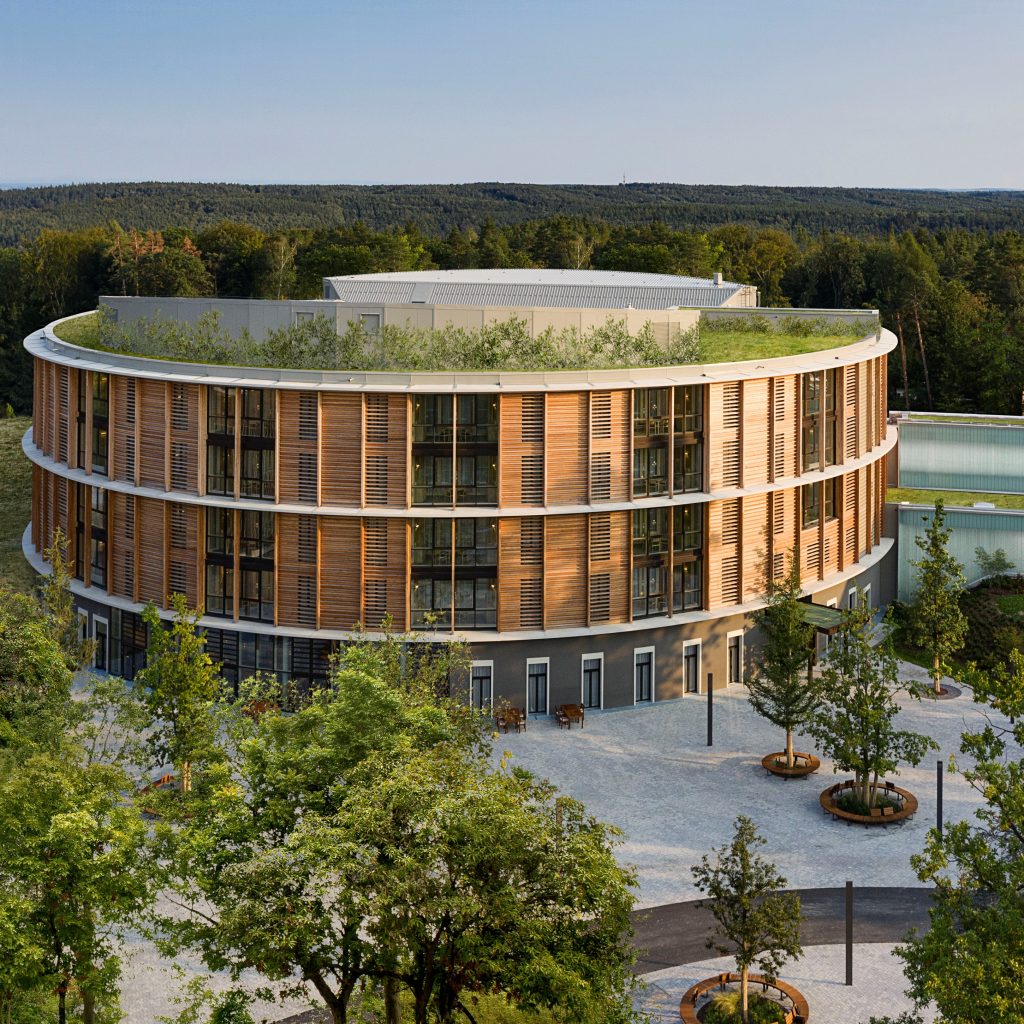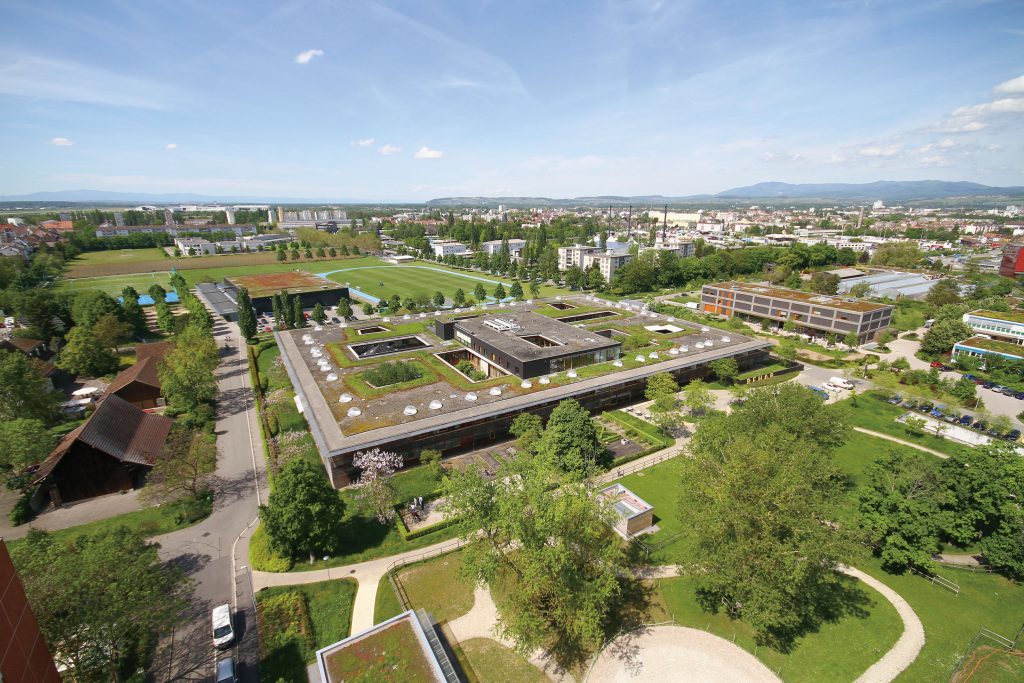
Healing Architecture
Share
Common sense actually tells us that people thrive in friendly, airy spaces with plenty of greenery than those in anonymous concrete jungles. Yet, it's only been in recent years that the awareness has penetrated the offices of decision-makers, architects, planners, and investors that they could and should take people and their needs more into account.
One area predestined for this kind of thinking is that of "healthcare buildings." This primarily refers to hospitals. Here, it's permissible to take a moment to consider whether the term "hospital" itself doesn't already evoke negative associations, and whether, for example, a "healing" house might not be a motivating alternative.
The title is a tiny adjustment screw that could change our view of hospitals. Much more important is that they are perceived as part of the common good and socially relevant. And not just since the coronavirus pandemic. Which is why (another small digression) in my view they shouldn't be subject to the pressure of being managed like a company whose success is measured by its balance sheet total. Hospitals are about people's most existential asset: their health. And we know that, in addition to medical expertise, the psyche also plays a crucial role in healing.
 Waldkliniken Eisenberg / Photos: Gionata Xerra / Architect: Matteo Thun & Partner
Waldkliniken Eisenberg / Photos: Gionata Xerra / Architect: Matteo Thun & Partner
There are many studies on what has a positive effect on the psyche of people in hospitals. In addition to communication with nurses and doctors, the physical environment can also have astonishingly positive, as well as negative, effects. In Germany, architectural psychologist Prof. Dr. Tanja C. Vollmer from the Technical University of Berlin is researching this topic and has discovered, among other things, that sick people have a different spatial perception than healthy people. And that spaces that lack retreat options, that are cluttered, or overstimulated, consciously or unconsciously trigger stress (source: Ärzteblatt 2017).
As early as 1984, US architecture professor Roger Ulrich demonstrated that patients who looked out of their hospital window at greenery and trees needed less painkillers and could be discharged more quickly than patients who looked at a concrete wall.
Numerous other examples could follow, confirming these findings and also illuminating them from other perspectives. However, knowing this doesn't necessarily mean that everything will change suddenly (see climate change). On the one hand, it's a process of rethinking that will certainly take time. On the other hand, as is so often the case, it's a question of cost-effectiveness. As we know, the healthcare system isn't exactly well-equipped.
 Photos: REHAB / Daniel Thoma www.rehab.ch
Photos: REHAB / Daniel Thoma www.rehab.ch
I'm all the more pleased when I discover examples that demonstrate that things can be done differently. In Germany, the Munich-based architectural firm Nickl & Partner is one of those active in this area, having been advancing the concept of "Healing Architecture" for years. Another example is the REHAB rehabilitation clinic in Basel, featured in the book "Healing Architecture" by Katharina Brichetti and Franz Mechsner (transcript Verlag), which implemented an innovative new building concept in 1999 by the architectural firm Herzog & de Meuron.
Instead of a sterile, white hospital look, the building utilizes plenty of wood, warm colors, and natural light. Several landscaped courtyards and a diversely landscaped garden area not only offer views of the surrounding greenery, but also allow for the opening of windows and doors, allowing plenty of light and air to enter, and allowing access from patient and therapy rooms to the outdoors onto sheltered terraces. Function and well-being are not contradictory here, but rather create a synergy that benefits both patients and staff.
Photos: REHAB / Daniel Thoma www.rehab.ch
